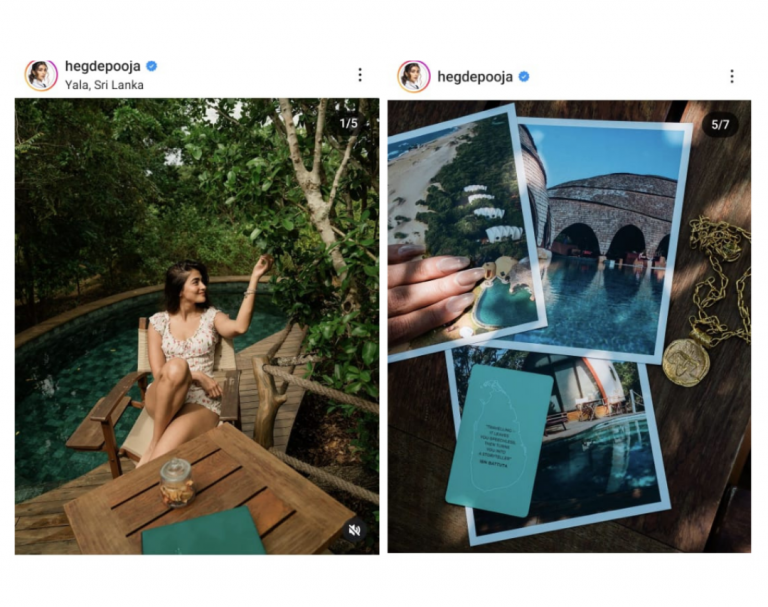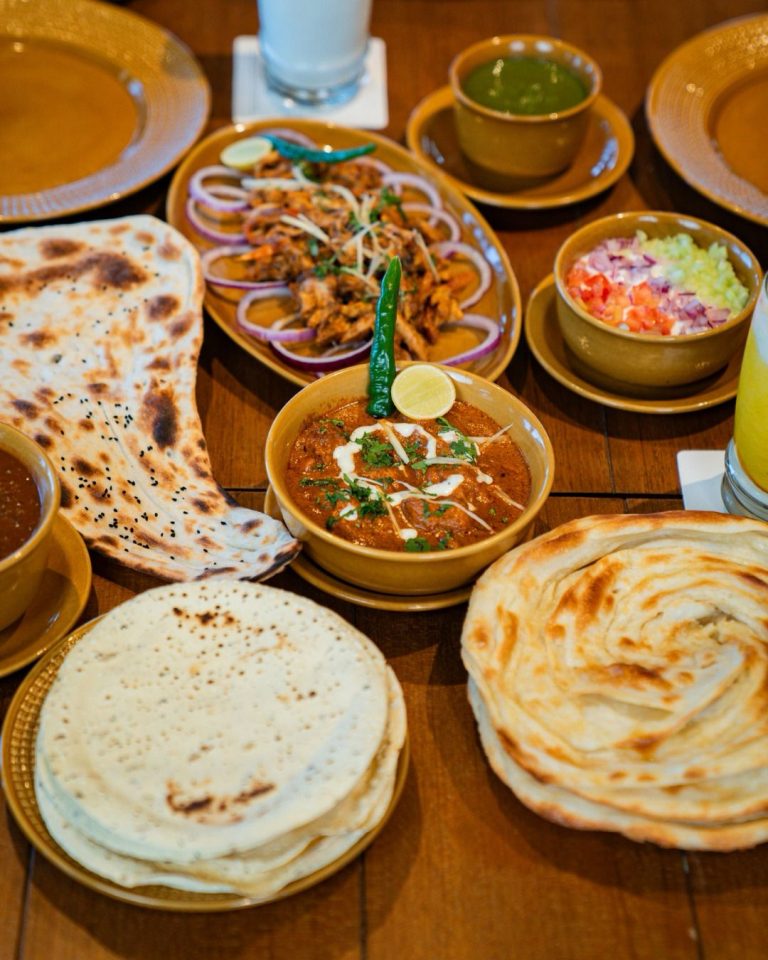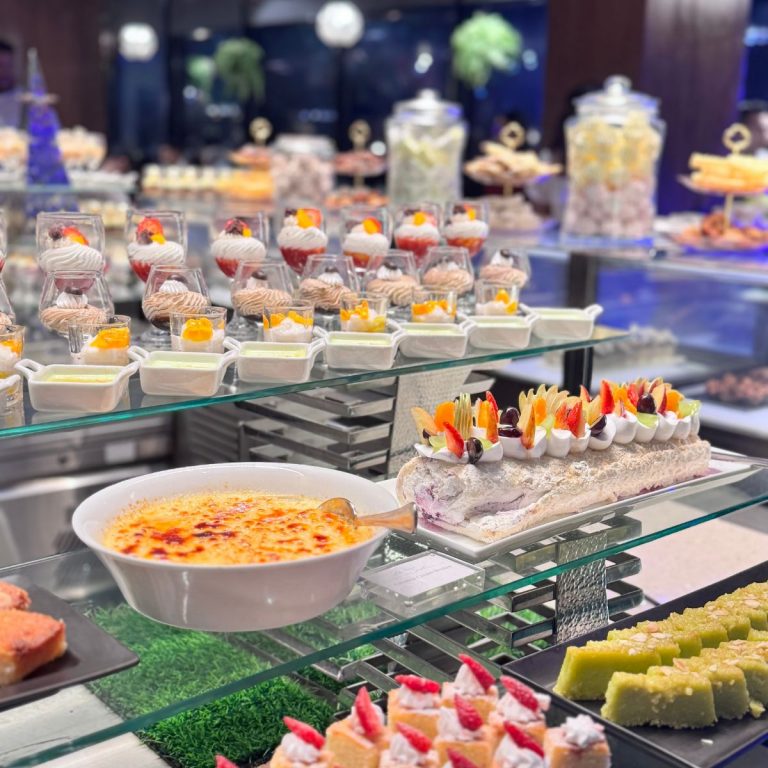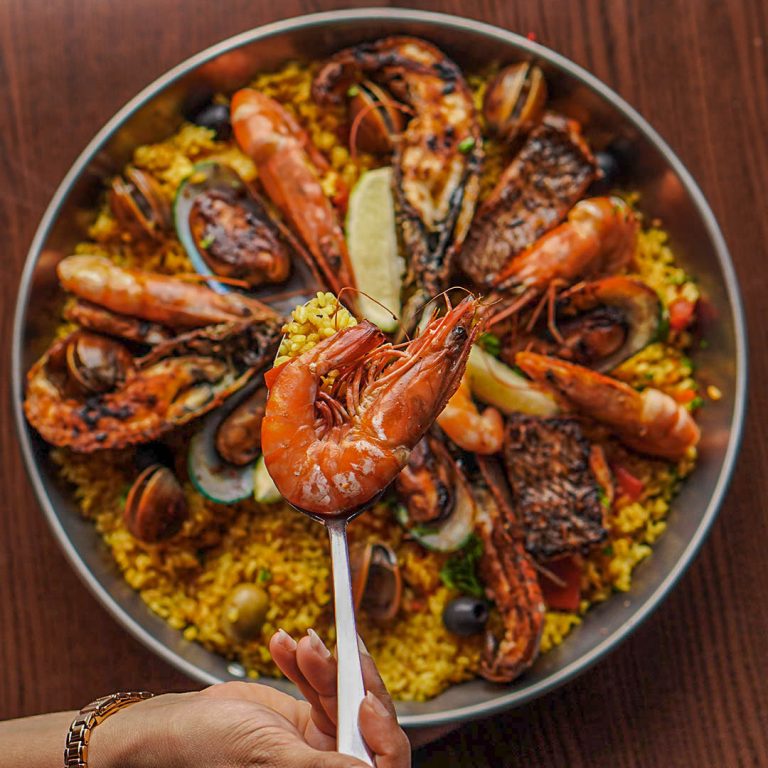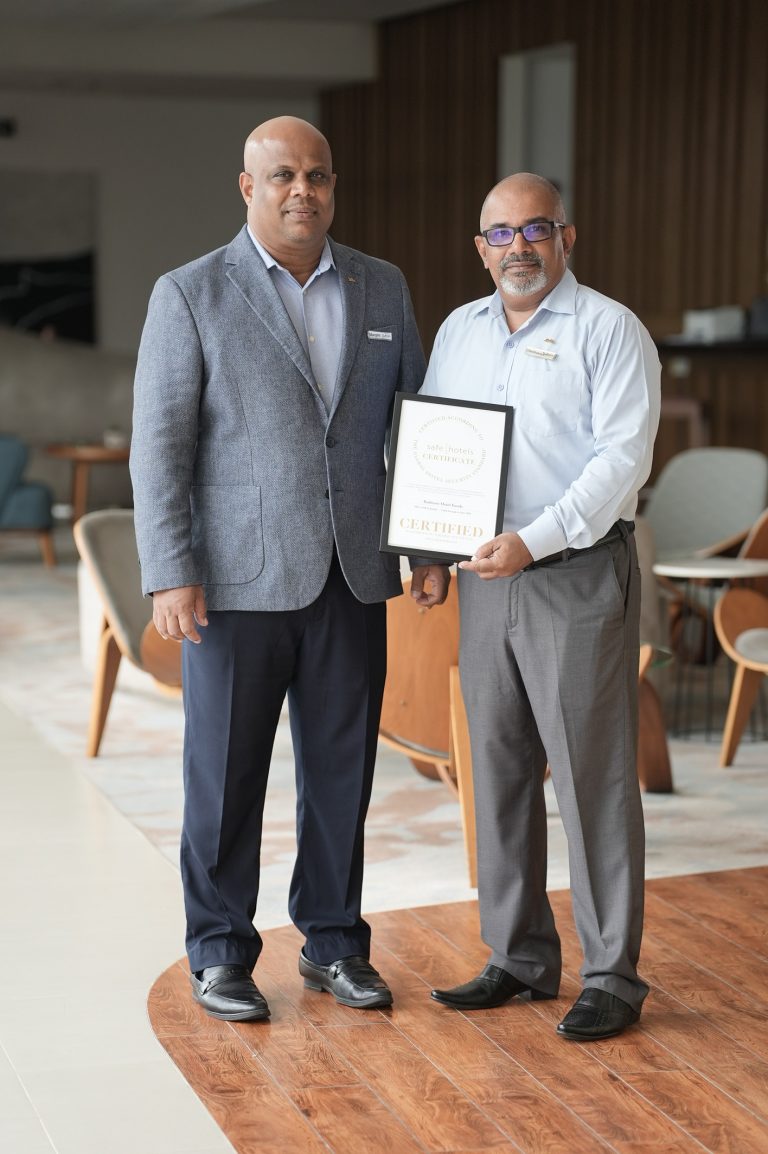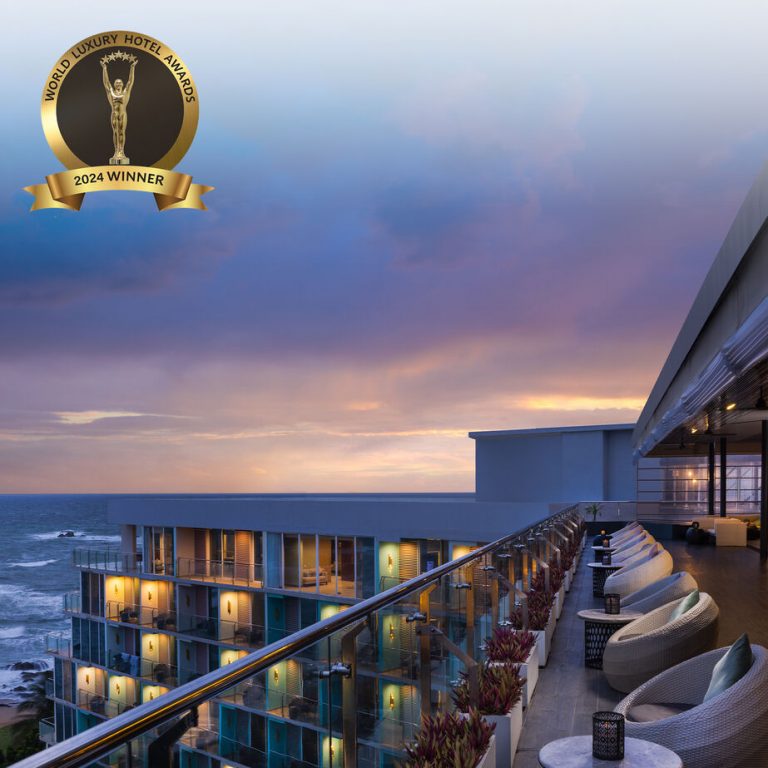Anuradhapura was the seat of the Sri Lankan kings for over a thousand years, and Polonnaruwa for about two hundred. The following era was the nomadic period of Sri Lankan kingdoms, with the kings choosing to move their kingdoms to various citadels to avoid invasions and internal strife. Yapahuwa was one such kingdom in the 13th century, where King Bhuvenakabahu reigned for 12 years from 1272 to 1284.
The Citadel
Yapahuwa is reminiscent of Sigiriya, with a moat and multiple castle-walls surrounding a rocky outcrop. It was renowned as a defensive fortification even before it became a kingdom, with a general named Subha having held out there against Kalinga Magha’s invading army of 24,000.
The most striking feature that greets you at Yapahuwa is the 70 degree staircase. It was badly damaged during the Pandyan invasions following the king’s death, and what you see now is a reconstruction, with the most of the structure in the original rock and the some steps filled out in cement.
The Lions
Near the top of the staircase are two lions, made famous in the 10 rupee note. The one on the left is complete, while the one on the right has some bits left unfinished. The Chinese influence is apparent in these sculptures. Excavations at Yapahuwa have uncovered over a thousand Chinese coins.
The Summit
At top of the climb is the Dalada Maligawa, where the tooth relic was kept for 12 years. The utility of having such a steep climb becomes immediately obvious, as in case of invasion, the relic could be smuggled through jungle routes elsewhere. The view from this point is breathtaking. The plains of the dry zone scattered with rocky outcrops is visible in all its glory.
There is more to climb after this point, if you dare. The rock becomes slippery after rain, so be careful and wear good climbing shoes. There’s a rock pool, the ruins of a stupa, and a panoramic view at the top. Lakdasun (as always) has great coverage.
Getting There
If you’re heading to Anuradhapura on the Padeniya – Anuradhapura (A28) road, Yapahuwa is a short 8km detour away. You turn at Daladagama towards Maho and follow the signs to Yapahuwa historical site. If you’re taking the train, get down at Maho junction and take a tuk. The historical site is contained within a Buddhist temple with ample parking.
After Bhuvenakabahu’s death and the fall of Yapahuwa, the site was turned into a hermitage for Buddhist monks. The structures at the temple itself are from the 18th century (King Rajasingha 2 of Kandy), with a small stupa, a beautifully preserved shrine room, cave paintings and a Buddha statue.
Conclusion
Yapahuwa is one of the lesser-visited historical sites in the Cultural Triangle, inexplicably so since it’s really easy to access (you can drive right up). If you’re heading there on a day trip, or even making a detour while visiting Kurunegala or Anuradhapura, there’s a lot to see at this 13th century wonder.








